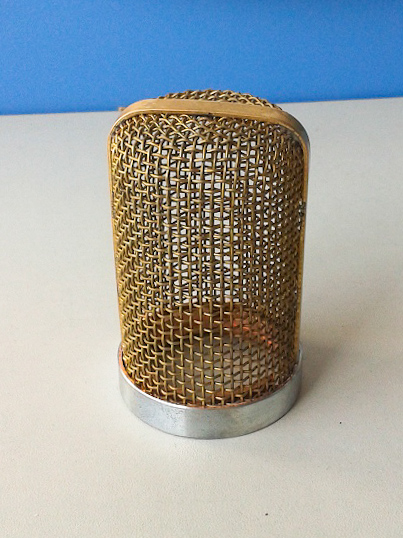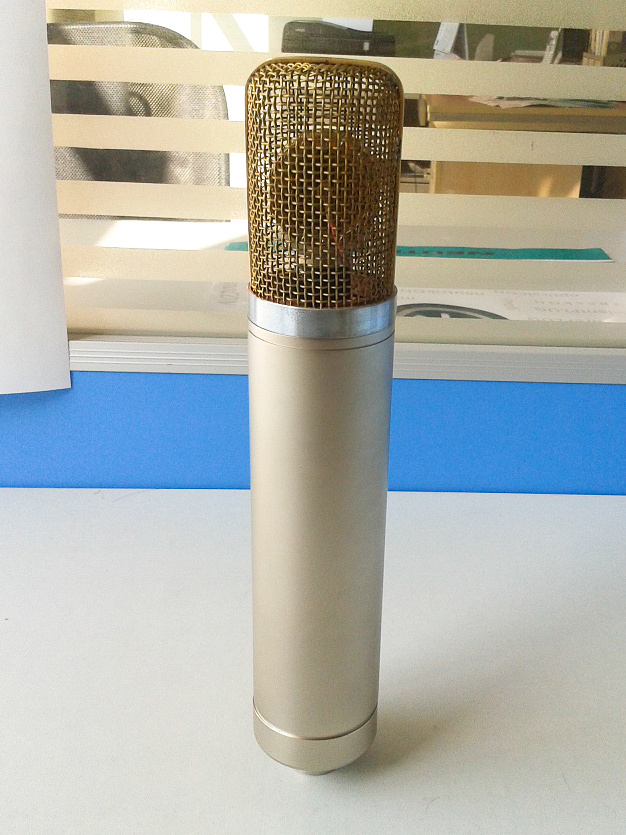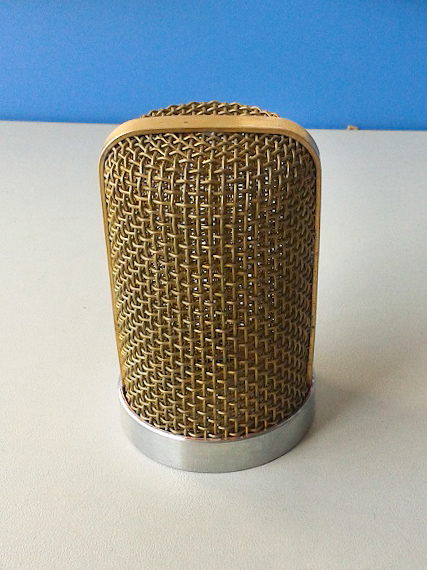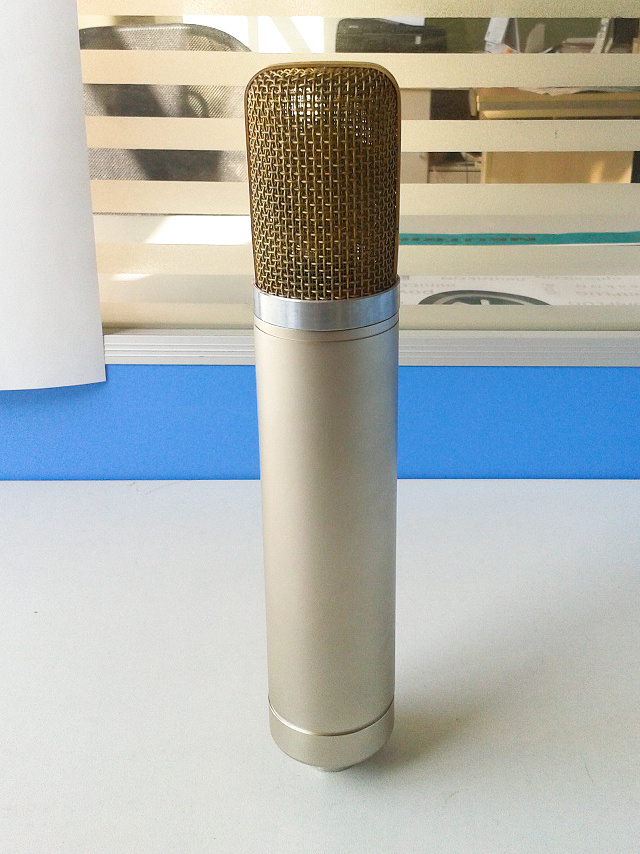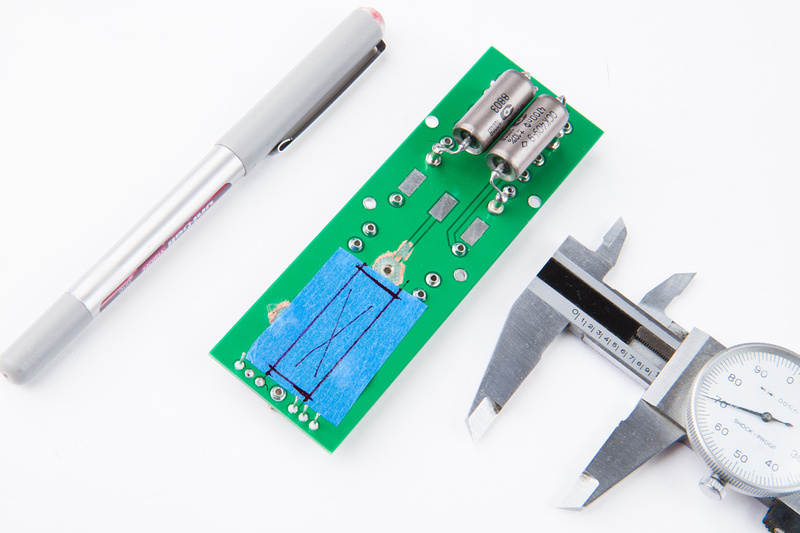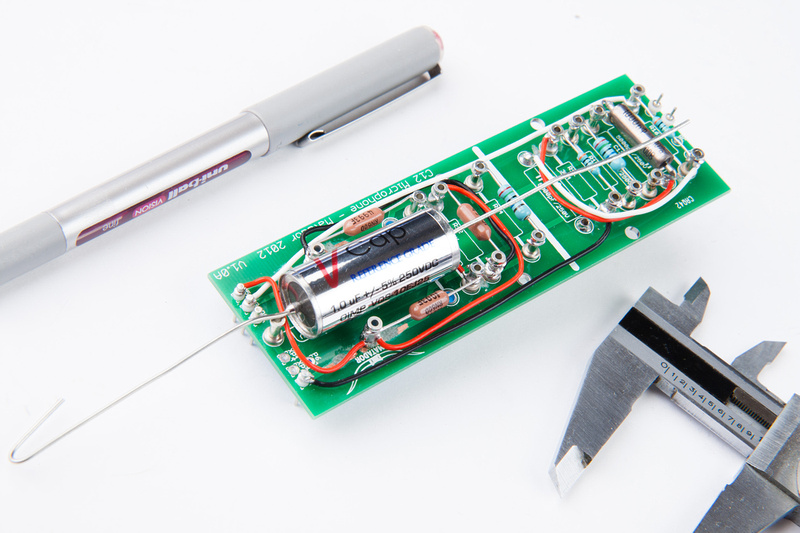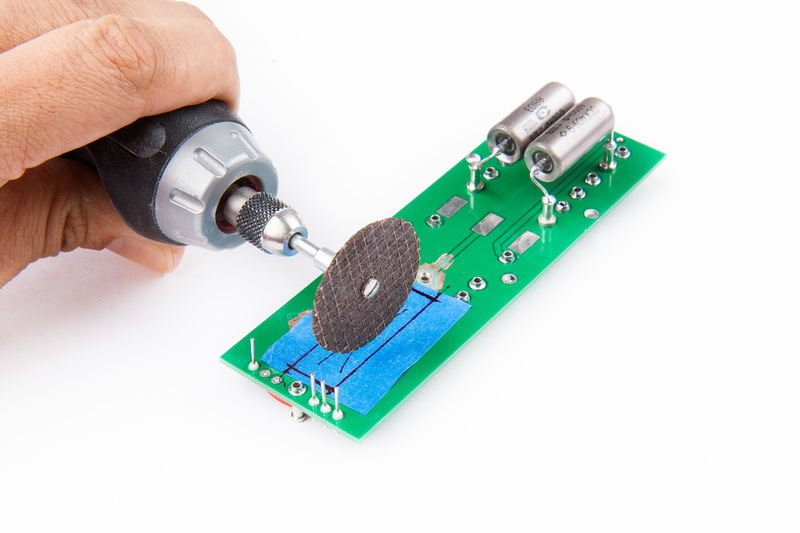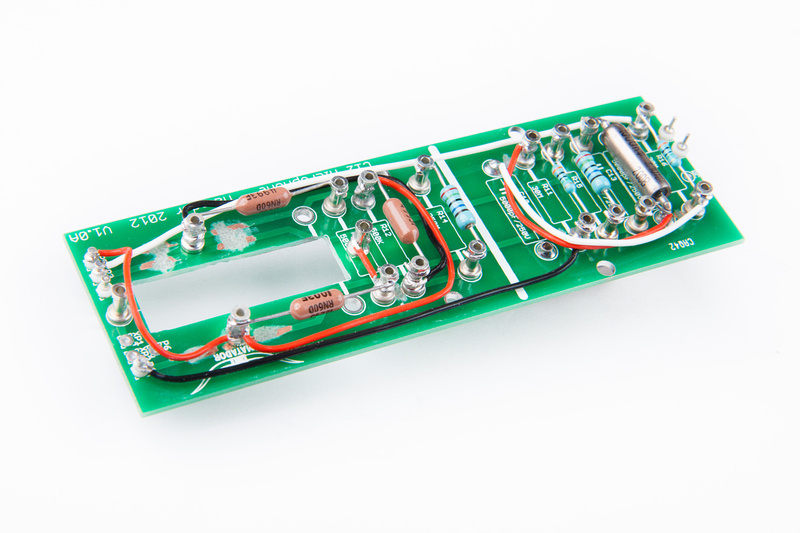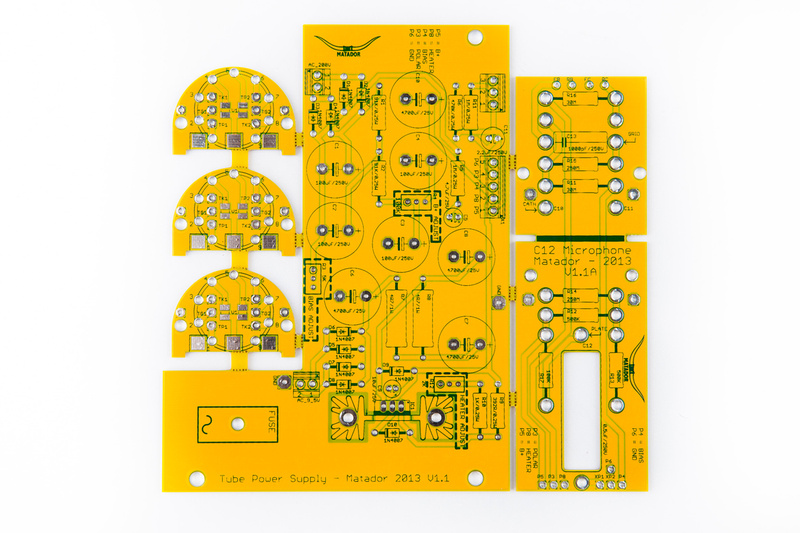0dbfs
Well-known member
chunger said:Headbaskets have incurred delays. . . well, figure it couldn't all be smooth sailing. They like their holidays over in China. Feb. 19 is the new ETA for samples.
PCB's and parts kits should be online pretty soon.
Chinese New Year! Hooray!
Cheers,
jb

































